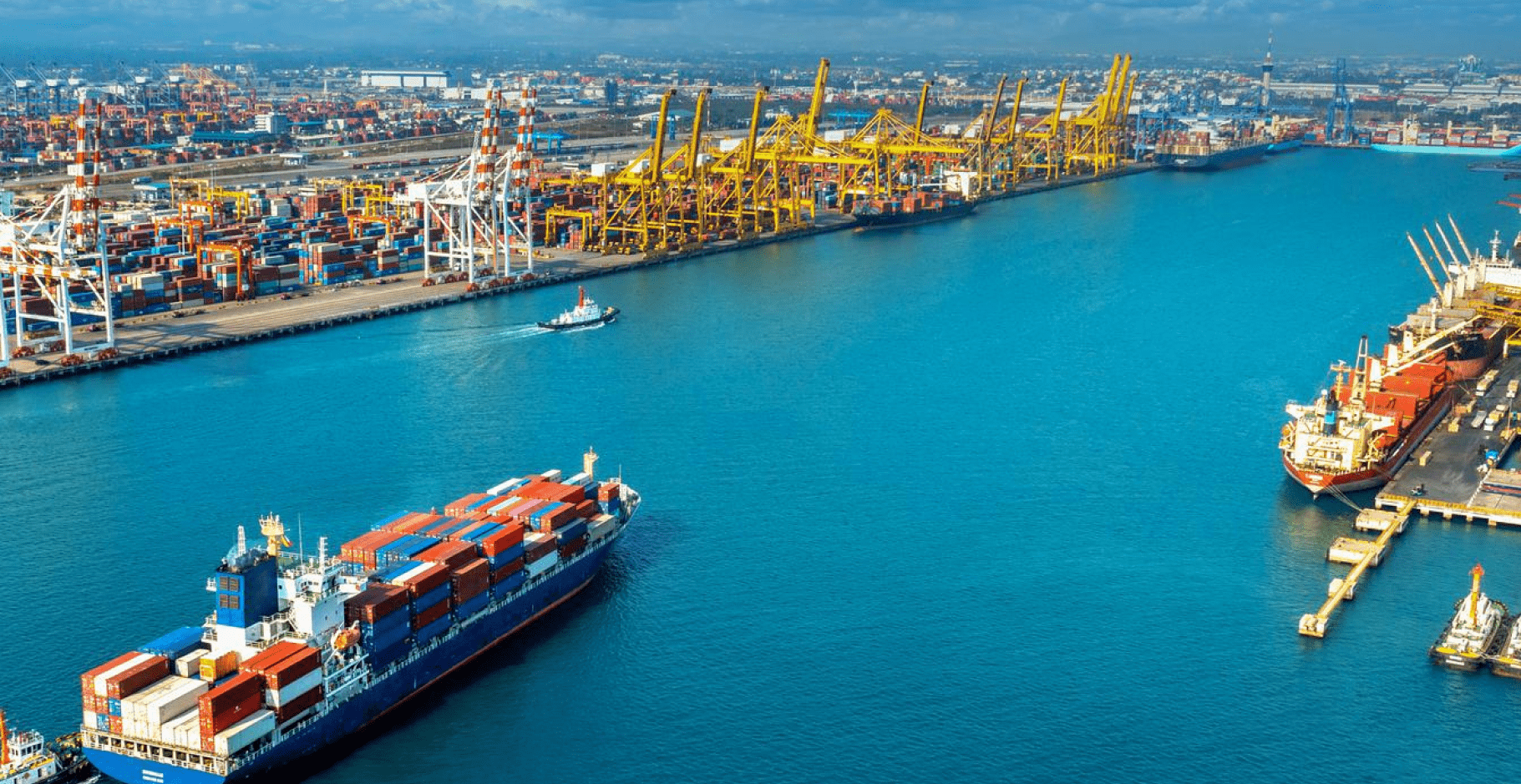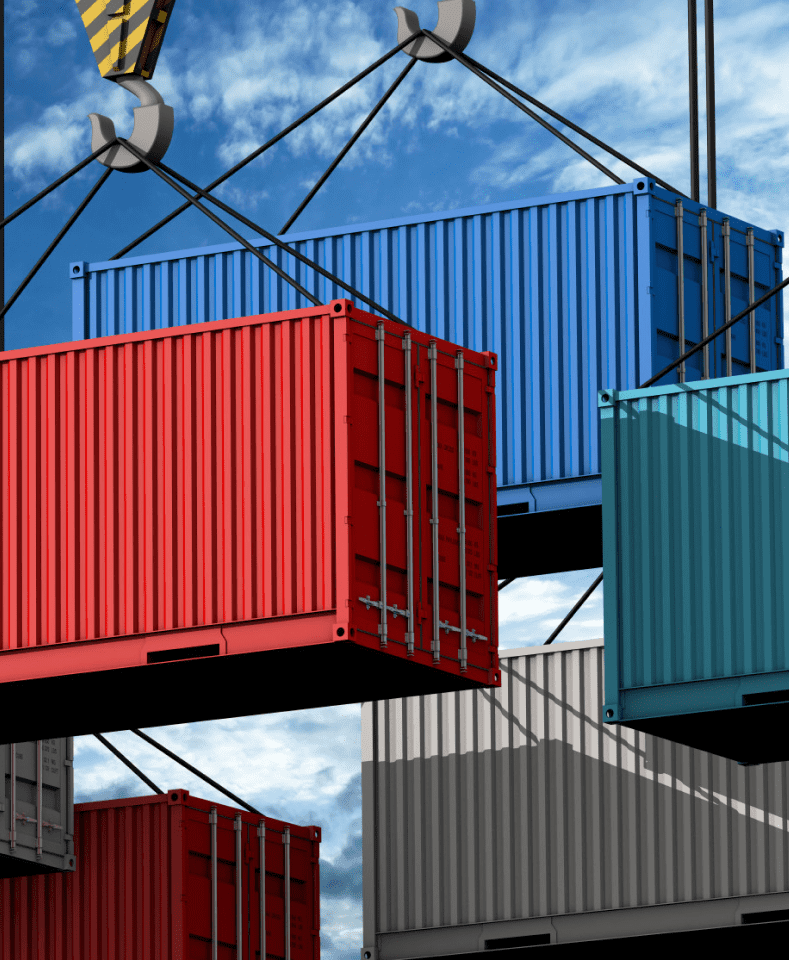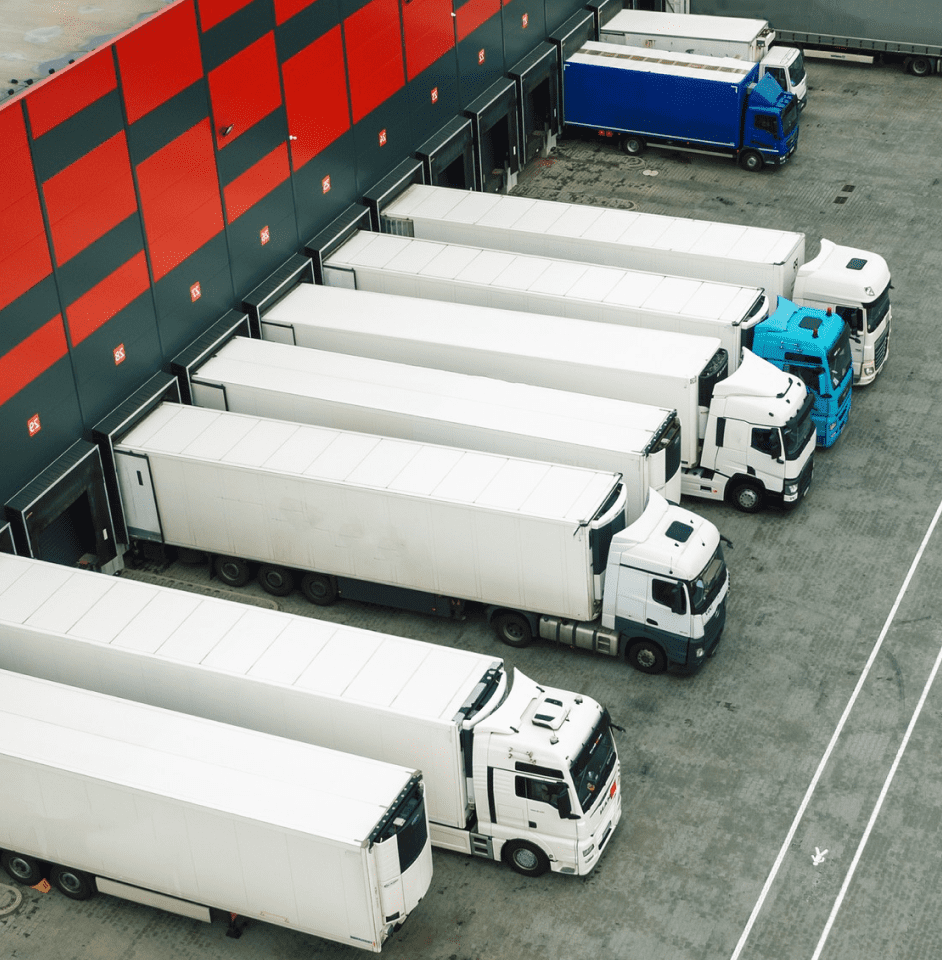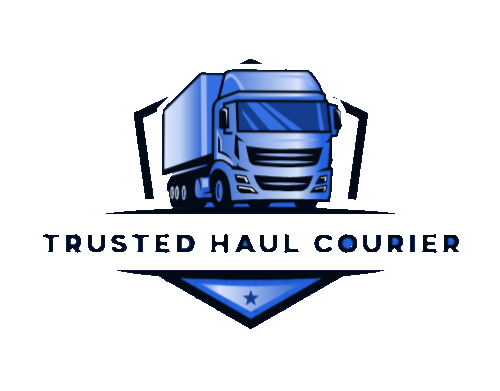FAQs
Feeling inquisitive? Have a read through some of our FAQs or contact our supporters for help



Invoice Billing:
For businesses with established relationships with logistics providers, invoicing is a common method. You receive an invoice with details of the services provided, and you make the payment by the due date.
Payment Portals on Their Websites:
Logistics companies often have payment portals on their websites where you can log in, access your account, and make payments for services rendered.
Electronic Funds Transfer (EFT):
EFT is a digital transfer of money from one bank account to another. Some logistics companies may provide EFT as an option for making payments.
Credit Terms:
For businesses with regular and substantial shipping needs, logistics companies may offer credit terms, allowing them to pay on a set schedule, such as monthly.
Tracking your shipments is a common and convenient feature offered by many shipping carriers. Here's a general guide on how to track your shipments:
Obtain the Tracking Number:
When you place an order or ship a package, you'll typically receive a tracking number. This number is unique to your shipment and is used to monitor its progress.
Check the Shipping Confirmation Email:
If you made an online purchase, check your email for a shipping confirmation message from the seller or the shipping carrier. The tracking number is often included in this email.
Whether you can specify a delivery date when ordering depends on the specific policies and options offered by the seller or shipping service. Here are a few things to consider:
Seller's Policies:
Check the policies of the online store or seller from whom you are making a purchase. Some sellers may offer the option to choose a specific delivery date during the checkout process.
Shipping Services:
Some shipping carriers provide delivery date options, especially for premium or expedited shipping services. When selecting a shipping method, look for options that provide estimated delivery dates.
Certainly! Shipping items for the first time can be a straightforward process with some careful planning and attention to details. Here are some tips for a first-time shipper:
Packaging:
Use sturdy boxes and packaging materials to ensure the safety of your items during transit.
Wrap fragile items with bubble wrap or other protective materials.
Seal boxes securely with strong packaging tape.
Labeling:
Clearly label each package with the recipient's name, address, and contact information.
Include your return address on the package.
For international shipments, make sure to include any necessary customs documentation.
Choose the Right Shipping Service:
Research and select the shipping service that meets your needs in terms of speed, cost, and reliability.
Consider factors like tracking options, insurance, and delivery guarantees.
Weight and Dimensions:
Accurately weigh and measure your packages to determine shipping costs.
Most carriers have specific guidelines for weight and size limits, so make sure your package falls within those parameters.
